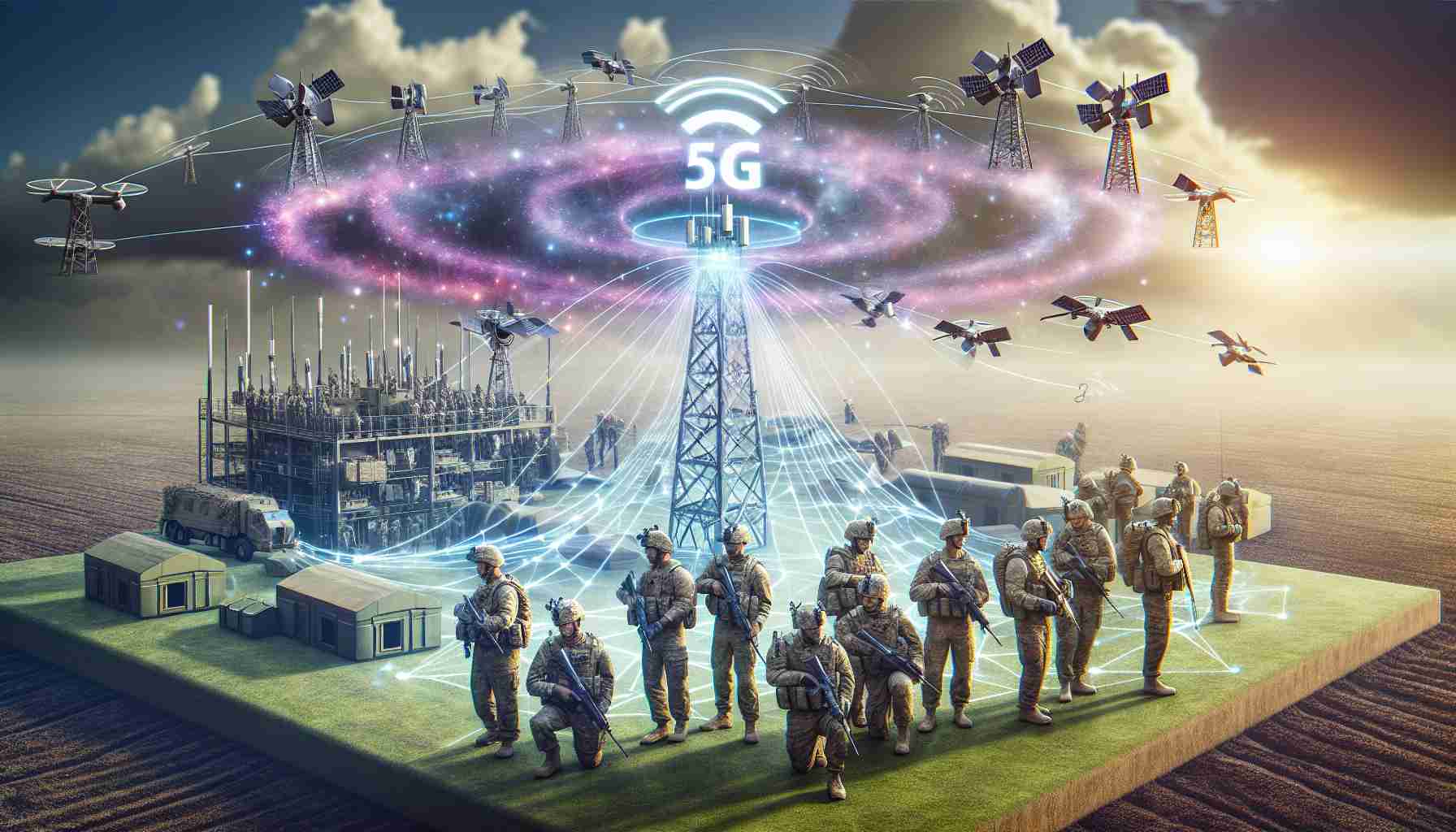The U.S. Congress is actively seeking detailed plans from the Department of Defense (DoD) regarding the implementation of wireless communication systems across military bases. This initiative aims to bring all personnel and Pentagon-owned assets onto robust networks tailored for military security requirements. By tapping into commercial telecommunications advancements, the DoD envisions a comprehensive strategy to enhance connectivity worldwide, which is crucial for realizing the Combined Joint All-Domain Command and Control (CJADC2) approach.
The DoD’s leadership has outlined specific communication needs vital for unified defense systems globally. Effective communication among all battlefield elements—including sensors, vehicles, command structures, and warfighters—regardless of the operational domain—remains a top priority. Achieving this seamless interaction is essential for U.S. national defense, as it underpins the CJADC2’s goal of gaining strategic advantages.
The CJADC2 framework necessitates extensive collaboration among various military services and international partners to ensure interoperability of essential programs. This endeavor includes addressing challenges such as securing necessary spectrum resources and ensuring effective tactical communication between edge systems and core cloud environments, like the Joint Warfighting Cloud Capability (JWCC).
Moreover, any new global communication frameworks must support advanced computational capabilities to enable decision-making in restricted or contested environments. The recently enacted National Defense Authorization Act for 2024 mandates that military leaders prepare plans to transition aging network infrastructure at bases to modern private 5G networks, marking a significant step toward enhancing military communications amidst logistical and security challenges.
Understanding Military Communication: Tips, Life Hacks, and Interesting Facts
In the realm of military operations, effective communication is paramount. As the U.S. Congress pushes for enhanced wireless communication systems, understanding the intricacies of military communication, along with practical tips and fascinating facts, can be beneficial for both professionals in the field and interested civilians.
1. Emphasizing Security in Communication
One key aspect of military communication is the need for robust security protocols. Unlike civilian communication, which may prioritize speed and convenience, military networks must protect sensitive information. Adopting practices like encrypted messaging and secure video calls can greatly enhance privacy and security—practices that can also be valuable for personal use.
2. The Importance of Interoperability
With the Combined Joint All-Domain Command and Control (CJADC2) approach, interoperability is crucial. This means that different military branches and international partner forces must be able to communicate seamlessly. Civilians can draw parallels to using technology that allows various devices to work together, ensuring that smart home systems or different computer brands can operate in harmony without issues.
3. Take Advantage of 5G Technology
The transition to private 5G networks not only promises enhanced military communications but also presents opportunities for civilians. Embracing 5G for personal use can provide faster internet speeds and more reliable connections. When adopting new technology, research how to optimize your home network—upgrading your router, ensuring you’re within range of units, or employing mesh Wi-Fi systems can yield significant improvements.
4. Streamline Decision-Making Processes
In military contexts, rapid decision-making is essential, especially in constrained environments. Civilians can adopt this tip by prioritizing tasks and employing decision-making frameworks such as the Eisenhower Matrix to distinguish between urgency and importance. Simplifying choices can lead to more efficient personal and professional outcomes.
5. Advanced Training and Simulations
The military frequently uses simulations to train personnel for various communication strategies and crisis management. Civilians can also benefit from such training tools, utilizing resources like online courses, apps, and even role-playing scenarios to enhance their communication skills in both professional and personal situations.
Interesting Fact: The Evolution of Military Communication
Did you know that military communication has roots stretching back to ancient civilizations? Methods such as smoke signals, drums, and flag signaling were used to convey messages over distances long before the advent of modern technology. Today, systems like the Joint Warfighting Cloud Capability (JWCC) represent a remarkable evolution of these past practices.
For more resources and detailed insights on military communication systems and advancements, visit the Department of Defense, where you can find up-to-date information on ongoing projects and initiatives. Additionally, keep abreast of developments in communication technology by visiting TechCrunch for the latest news and reviews.
By adopting these tips and appreciating the fascinating developments in military communications, you can enhance your own communication skills and stay informed on crucial security measures.






















